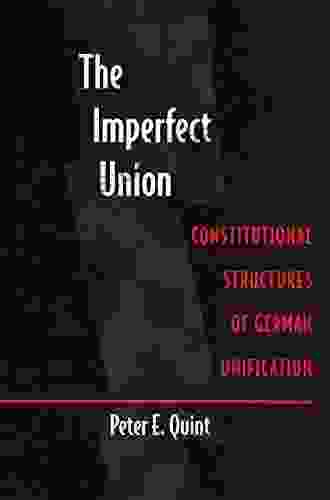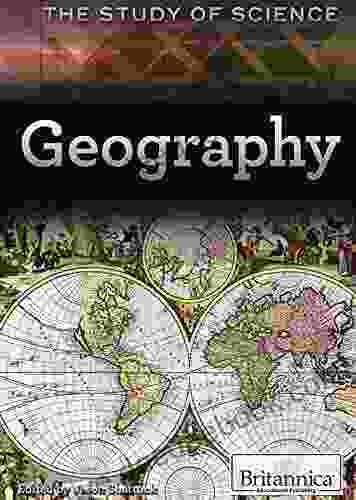The Imperfect Union: Constitutional Structures of German Unification

The reunification of Germany in 1990 marked a pivotal moment in European history, bringing together two distinct societies with vastly different political, economic, and social systems. This historic event presented a unique challenge: how to merge two sovereign states into a single, cohesive nation under one constitutional framework. The resulting constitutional structures of German unification were a complex and imperfect compromise, reflecting the legacy of division, the challenges of integration, and the aspirations for a unified future.
The Divided Legacy: From Separation to Reunification
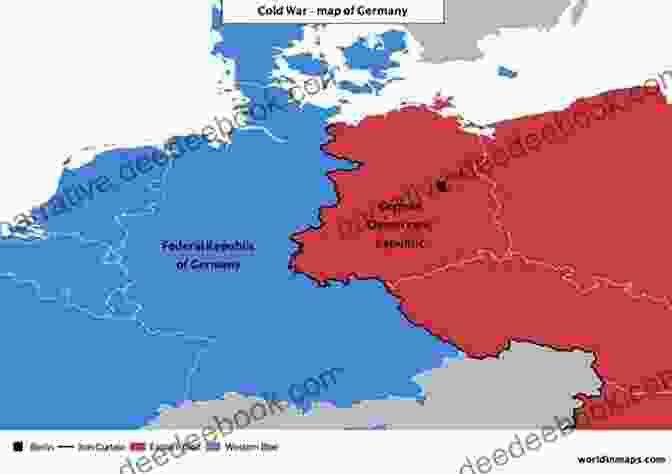
4.6 out of 5
| Language | : | English |
| File size | : | 7521 KB |
| Screen Reader | : | Supported |
| Print length | : | 496 pages |
The division of Germany after World War II was a product of the Cold War struggle between the Western Allies and the Soviet Union. In 1949, the Federal Republic of Germany (West Germany) was established in the Western occupation zone, while the German Democratic Republic (East Germany) emerged in the Soviet-occupied Eastern zone. The two German states embarked on divergent paths, with West Germany becoming a prosperous democracy aligned with Western Europe, while East Germany became a communist dictatorship within the Soviet bloc.
Reunification became a distant dream as the Cold War deepened. However, the fall of the Berlin Wall in 1989 and the subsequent collapse of the Soviet Union paved the way for a historic reunification. On October 3, 1990, East Germany officially joined the Federal Republic of Germany, creating a unified nation for the first time since 1945.
The Constitutional Framework: A Delicate Balance
The reunification of Germany was a complex process that required significant constitutional changes. The Basic Law, West Germany's constitution, provided the foundation for the new unified state through Article 23, which allowed for the accession of other parts of Germany. However, the integration of East Germany's socialist legal and political structures into the Western constitutional framework was not straightforward.
A series of treaties and agreements outlined the terms of unification, including the Unification Treaty and the Treaty on the Final Settlement with Respect to Germany. These agreements preserved the Basic Law as the constitution of the unified Germany, with some modifications to accommodate the accession of East Germany.
The Basic Law: Cornerstone of Unified Germany
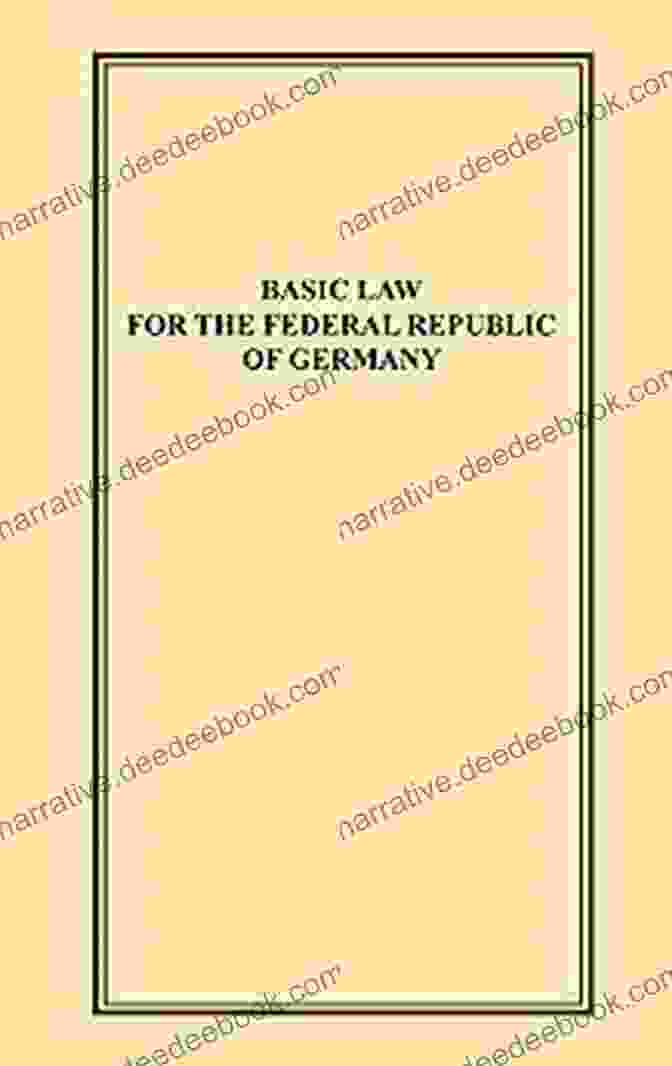
The Basic Law, originally drafted in 1949, became the cornerstone of the new unified Germany. This document, inspired by the democratic ideals of the Western world, enshrined fundamental rights and freedoms, established a federal structure, and provided for a parliamentary system of government. The Basic Law underwent some amendments to reflect the reunification process, but its core principles remained intact, ensuring continuity and stability in the new constitutional order.
Federalism: Bridging East and West
Federalism, a hallmark of the West German constitutional system, played a vital role in the integration of East Germany. The federal structure allowed for the devolution of powers to the newly created states of East Germany (Länder),giving them significant autonomy in areas such as education, healthcare, and law enforcement. This decentralized system helped accommodate the distinct regional identities and governance structures that had developed in East Germany during the years of division.
The Unification Process: Challenges and Successes
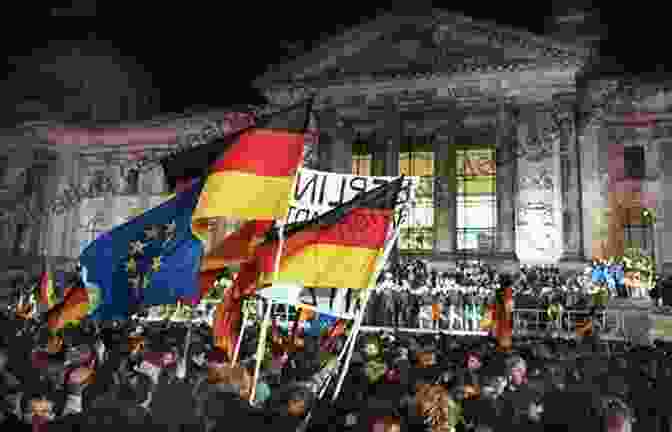
The unification process was not without its challenges. The integration of two distinct economies, social systems, and legal frameworks proved to be a formidable task. The former East Germany faced significant economic and social disparities compared to West Germany, requiring substantial financial support and structural reforms. Additionally, the legacy of division and the contrasting ideologies that had shaped the two German states during the Cold War posed obstacles to a seamless integration.
Despite these challenges, the German people embarked on a remarkable journey of reconciliation and rebuilding. The political, economic, and social integration of East Germany into the Federal Republic of Germany was a testament to the determination and resilience of the German nation.
Legacy and Impact: A Unified Nation on the Global Stage
The reunification of Germany has had a profound impact on Europe and the world. The creation of a unified, democratic Germany has contributed to stability and cooperation in Europe, playing a pivotal role in the European Union and NATO. Germany has become a leading economic power, a global advocate for democracy and human rights, and a key player in international affairs.
However, the legacy of division continues to shape contemporary German society. Economic disparities between the former East and West persist, and societal differences remain in areas such as political orientation, cultural identity, and social welfare policies. These challenges serve as reminders of the complex history that has shaped modern Germany, highlighting the ongoing process of integration and reconciliation within a unified nation.
: The Imperfect Union
The constitutional structures of German unification reflect the challenges and complexities of merging two distinct societies into a single nation. The Basic Law, federalism, and the Unification Treaty provided a framework for integration while preserving fundamental democratic principles. The process of reunification was not without its imperfections, but it showcased the resilience and determination of the German people to overcome the legacy of division and build a cohesive and prosperous future. As Germany continues to navigate the challenges and opportunities of a unified nation, the constitutional structures established during the reunification process will continue to guide the path towards a more perfect union.
4.6 out of 5
| Language | : | English |
| File size | : | 7521 KB |
| Screen Reader | : | Supported |
| Print length | : | 496 pages |
Do you want to contribute by writing guest posts on this blog?
Please contact us and send us a resume of previous articles that you have written.
 Library
Library E-book
E-book Magazine
Magazine Paragraph
Paragraph Sentence
Sentence Bookmark
Bookmark Shelf
Shelf Foreword
Foreword Preface
Preface Footnote
Footnote Manuscript
Manuscript Scroll
Scroll Codex
Codex Tome
Tome Bestseller
Bestseller Library card
Library card Narrative
Narrative Biography
Biography Reference
Reference Dictionary
Dictionary Thesaurus
Thesaurus Character
Character Librarian
Librarian Catalog
Catalog Card Catalog
Card Catalog Borrowing
Borrowing Stacks
Stacks Archives
Archives Periodicals
Periodicals Scholarly
Scholarly Journals
Journals Reading Room
Reading Room Rare Books
Rare Books Interlibrary
Interlibrary Study Group
Study Group Thesis
Thesis Dissertation
Dissertation Storytelling
Storytelling Reading List
Reading List Book Club
Book Club Tracey Tokuhama Espinosa
Tracey Tokuhama Espinosa Alfred C Mierzejewski
Alfred C Mierzejewski Michael Chabon
Michael Chabon Fred W Frailey
Fred W Frailey Steve Reeder
Steve Reeder Roland Dannreuther
Roland Dannreuther Tom Pow
Tom Pow Andrew Curry
Andrew Curry Mona Ray
Mona Ray Reyko Huang
Reyko Huang Jacqueline Diamond
Jacqueline Diamond Louise Allen
Louise Allen Aleta Medea
Aleta Medea E Wayne Ross
E Wayne Ross Amy M Le
Amy M Le James H Lebovic
James H Lebovic Robert Iannone
Robert Iannone Pamela Watson
Pamela Watson W Joseph Campbell
W Joseph Campbell Anjali Sebastian
Anjali Sebastian
Light bulbAdvertise smarter! Our strategic ad space ensures maximum exposure. Reserve your spot today!
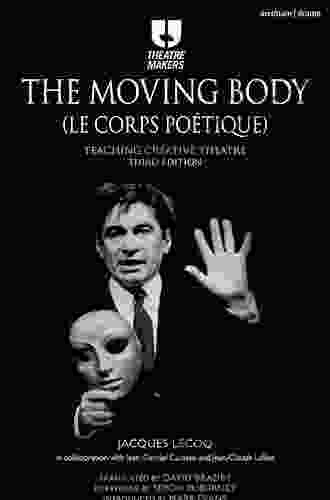
 Shannon SimmonsThe Moving Body: Le Corps Poetique - An Exploration of Dance and Poetry in...
Shannon SimmonsThe Moving Body: Le Corps Poetique - An Exploration of Dance and Poetry in...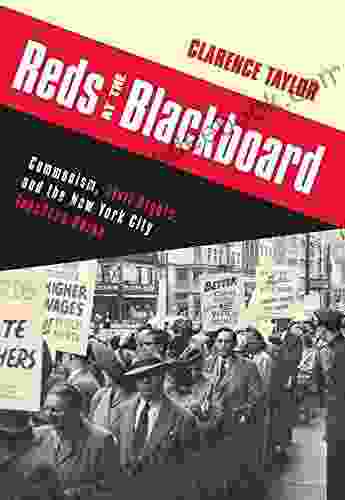
 Hank MitchellReds at the Blackboard: A Journey into Cuban Art and Education through the...
Hank MitchellReds at the Blackboard: A Journey into Cuban Art and Education through the... José SaramagoFollow ·19.7k
José SaramagoFollow ·19.7k Edgar HayesFollow ·16.3k
Edgar HayesFollow ·16.3k Oscar WildeFollow ·7k
Oscar WildeFollow ·7k Albert ReedFollow ·13.4k
Albert ReedFollow ·13.4k Giovanni MitchellFollow ·4.6k
Giovanni MitchellFollow ·4.6k Paulo CoelhoFollow ·16.8k
Paulo CoelhoFollow ·16.8k Braeden HayesFollow ·10.6k
Braeden HayesFollow ·10.6k Forrest BlairFollow ·4.7k
Forrest BlairFollow ·4.7k

 Dallas Turner
Dallas TurnerParasols and Peril: Adventures in Grace
In the quaint town...

 Caleb Carter
Caleb CarterFlight Attendant Joe: A Dedicated Professional in the...
Flight Attendant Joe...

 Jerry Ward
Jerry WardPick Lottery The List For 23 States August 15 2024
The Pick Lottery is a multi-state lottery...
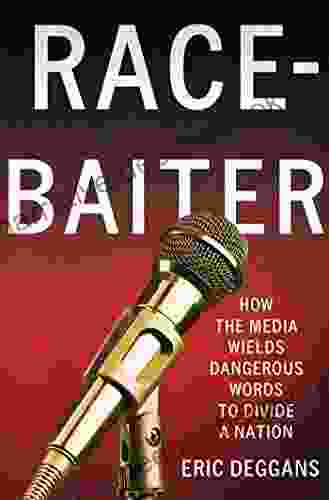
 Hudson Hayes
Hudson HayesHow the Media Wields Dangerous Words to Divide a Nation
In a world where the media is...

 Curtis Stewart
Curtis StewartThe Magic Mala: A Story That Changes Lives
In the realm of ancient traditions and...

 Raymond Parker
Raymond ParkerEarthly Meditations: A Poetic Tapestry of Nature,...
In the realm of contemporary...
4.6 out of 5
| Language | : | English |
| File size | : | 7521 KB |
| Screen Reader | : | Supported |
| Print length | : | 496 pages |


